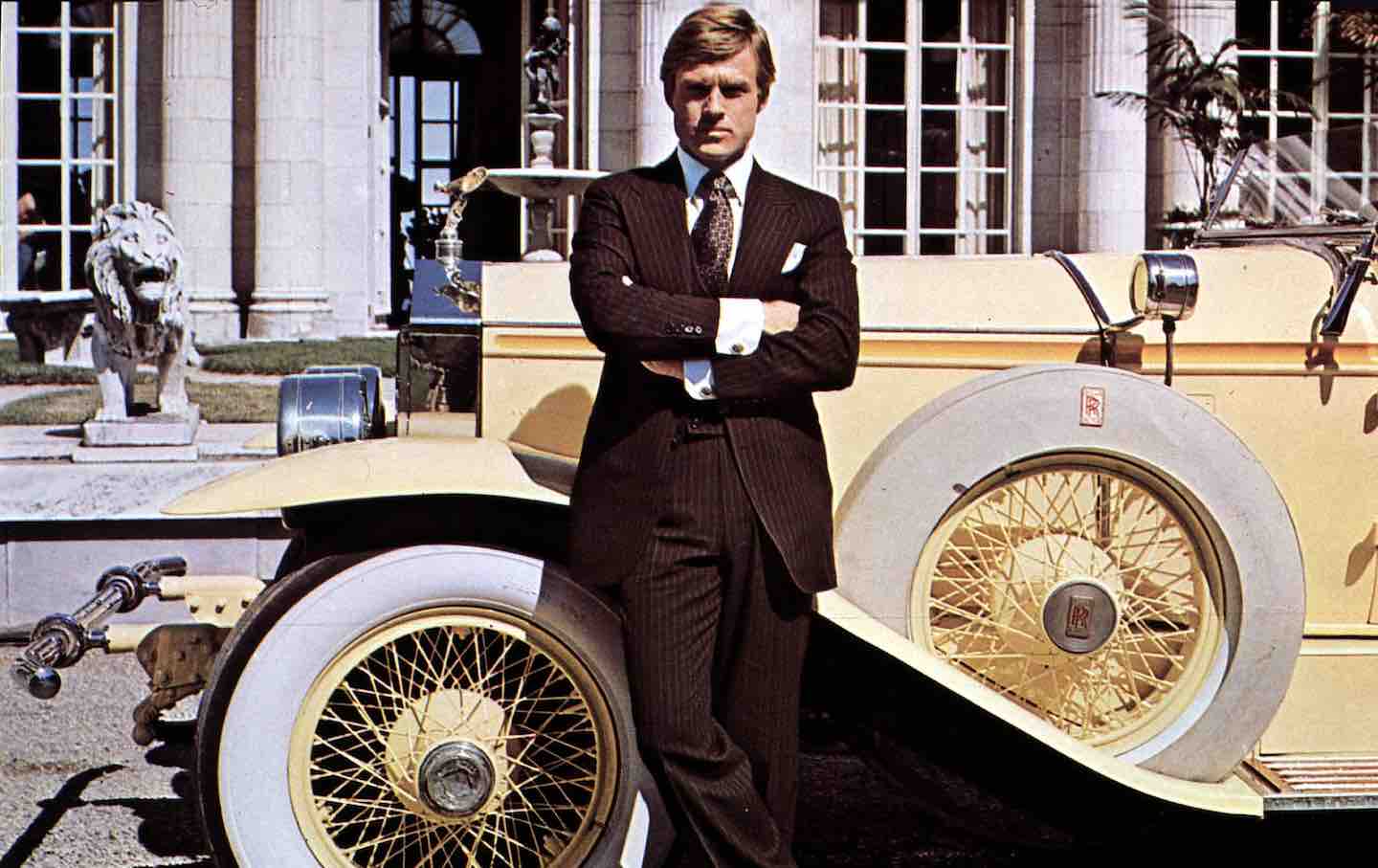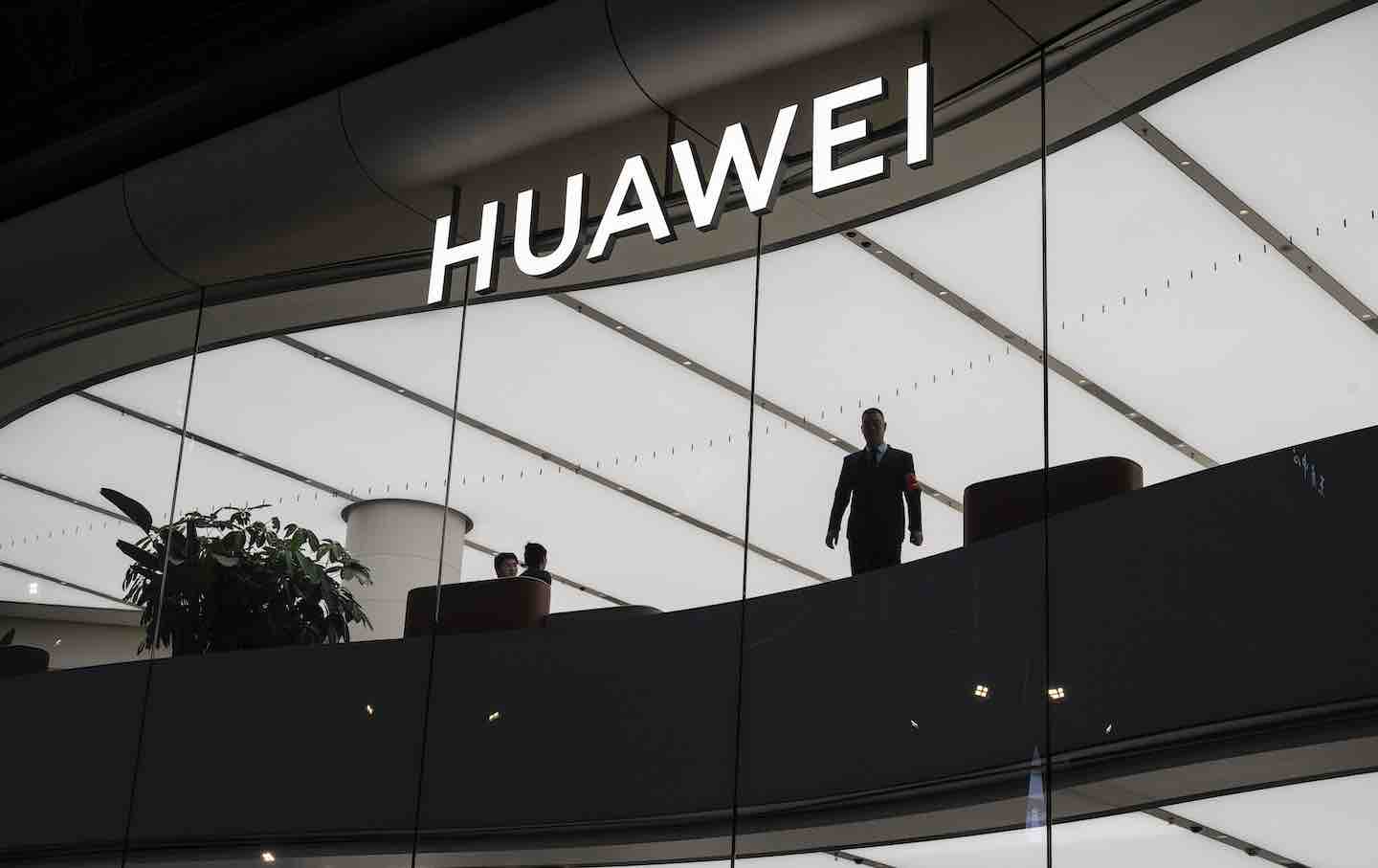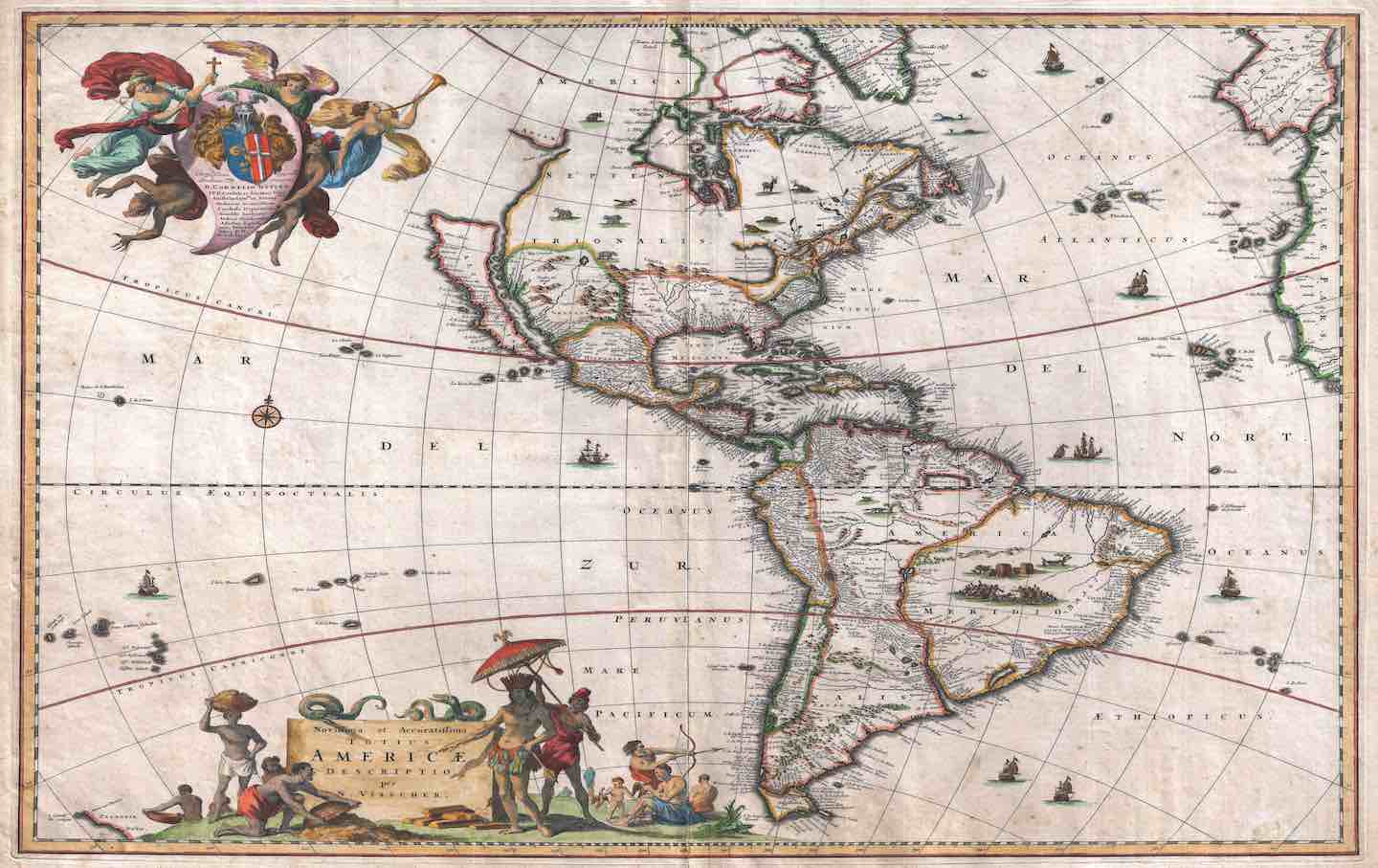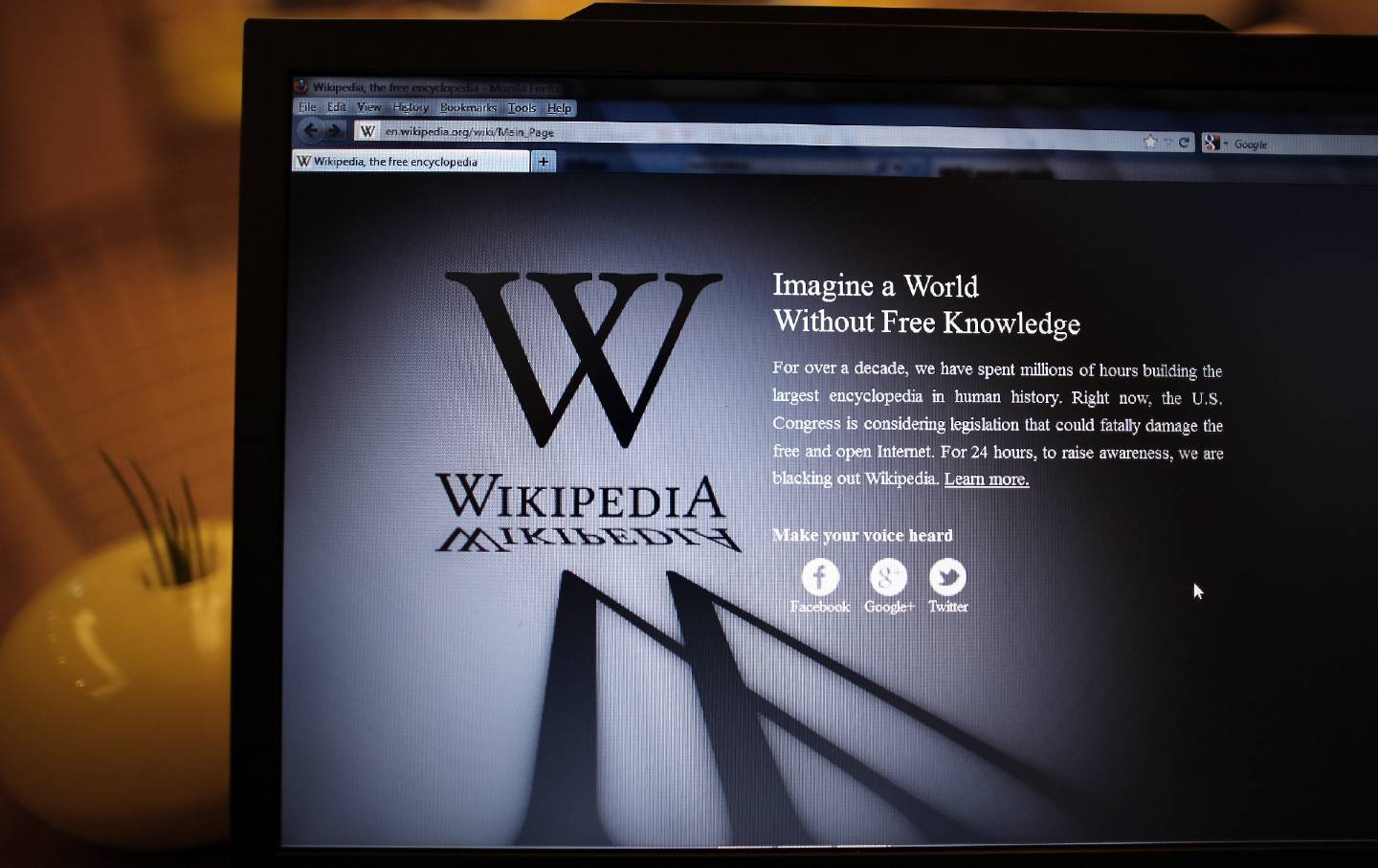Will There Ever Be Another “Great Gatsby”?
A century on, F. Scott Fitzgerald’s great Jazz Age novel still speaks to what ails America.

Robert Redford in The Great Gatsby (1974).
(FilmPublicityArchive / United Archives via Getty Images)
Toward the end of his life, F. Scott Fitzgerald, consumed by thoughts of inadequacy and convinced he was a “has-been,” wrote to his editor Max Perkins asking if his old book The Great Gatsby was simply destined to be unpopular. The novel, published in 1925, had initially sold modestly and then barely at all: A reprint of 3,000 copies floated around for 16 years. Fitzgerald was writing from Hollywood, surviving on minor screenwriting gigs and some cheap Esquire stories, and he was convinced that, after less than two decades, his big book was a bust.
Books in review
The Annotated Great Gatsby
Buy this book“Has it had its chance? Would a popular reissue…with a preface not by me but by one of its admirers—I can maybe pick one—make it a favorite with class rooms, profs, lovers of English prose—anybody.”
The plaintive exchange—recounted in A. Scott Berg’s biography of Perkins—is, from our vantage, loaded with irony. Gatsby is a presence everywhere Fitzgerald might have hoped and beyond—it is not just in the hands of professors, or assigned in classrooms all through the country, but a book that has produced its own industry. A theatrical version (one of many) is running on Broadway; a number of cinematic adaptations are available on streaming services. And since this foundational American text entered the public domain in 2021, we have and will continue to see more adaptations, prequels, sequels, identity-swapping remixes, songs, and extended TikTok explorations. To cap it off, this year The Great Gatsby celebrates its 100th anniversary.
Among the centennial arrivals is a Library of America annotated edition, with side-margin commentary by the venerable Fitzgerald scholar James L.W. West III. Surely Fitzgerald would have been thrilled with this compendium—a victory after all his end-of-life worrying. This new edition does, in fact, have a preface not by him—plus an introduction from an admirer, just like he wanted—as well as 13 short letters between author and editor, many illustrations and photographs, and the kinds of gem-like notations that are certain to make lovers of Fitzgerald arcana happy and should enhance the experience of someone even on their third or fourth reread. I was struck, for example, by the minor-seeming editorial quibble that Daisy and Tom Buchanan’s little daughter is described as 3 years old, when in fact she should be 2, according to other dates in the novel. It turns out that Fitzgerald had originally set the narrative in 1923 and later shifted it to 1922—the year in which both Ulysses and The Waste Land were published, and the year that Fitzgerald highlighted in his essay about the Jazz Age, a term he coined. He forgot to change the daughter’s age, however—a mistake that matches the funny way children are obscured or mostly absent in this book, ghostly figures connoting a future that the main characters, in the flush of constant selfish-reflection, rarely bring themselves to consider. Daisy and Tom, despite all their partying and philandering, are parents, mind you. I’ve always loved how Daisy briefly shows off her “bles-sed pre-cious” daughter to Nick Carraway and a stunned Jay Gatsby, before ushering the girl back to her governess while Tom crashes through the door with gin rickeys.
Mostly, Fitzgerald’s edits were improvements, not intriguing errors. All that revision comes out loud and clear in this edition, which is a real lesson for those among us who think that everything has to be perfect on the first go. The finicky author took his editor’s suggestions to space out the revelations about Gatsby’s origins and ended up doing a “thorough revision of the galley proofs,” West writes, including handwritten changes (some of which are included), freshly typed new passages, some pages with a mixture of both, dialogue sharpened everywhere, and lots moved around. West notes somewhat approvingly that the hard workers of the Scribner’s production team transferred all those revisions on time, resulting in an edition that, “apart from a few typos, was free of significant error.”
Here we see just one example of how tactile the world was when Fitzgerald wrote his masterpiece. He’s making eternal magic in longhand on big sheets of paper, practically moments before the printing press has to run. That includes some of the key symbols of the book—for example, the green light Gatsby sees at the end of Daisy’s dock started out as a “glimmer.” As for the now-revered cover—with its haunting image of a face floating over a dark blue amusement-park scene—that came about through happenstance: Fitzgerald saw the painting, or a sketch it was based on, in his publisher’s office before he departed for France. The artwork was not tied to any particular book yet, but Fitzgerald loved it—so much that he later told Perkins, “For Christs sake don’t give anyone that jacket.” He’d decided to write it into Gatsby as (it seems) the eyes of Doctor T.J. Eckleburg. The serendipitous sighting of a painting became core to the text.
In some of these circumstances of its production, The Great Gatsby can feel fully 100 years old. Fitzgerald’s own situation seems laughably idyllic now. In an aside about The Saturday Evening Post, a frequent host of Fitzgerald’s writing, West notes that the “greater part” of his literary income—and readership!—came not from his books but from his magazine publications, which is not exactly the way most writers will earn their money or fans today. Fitzgerald also had a line of credit with his editors. The legacy of his masterpiece ultimately got an enormous boost from the US military, when more than 150,000 Armed Services Edition copies of Gatsby went to soldiers and sailors during World War II.
The reception of Fitzgerald’s writing—both this and other projects—also feels in one key way like a relic of the past. Fitzgerald himself was sure the book was good: My favorite way we know this is what his friend and rival Ernest Hemingway remembers from the period just after its publication. Fitzgerald “spoke slightingly but without bitterness of everything he had written,” Hemingway recounts in A Moveable Feast, “and I knew his new book must be very good for him to speak, without bitterness, of the faults of past books.” But good writer or not, would it today be as easy to be recognized so assuredly as a chronicler of a moment? A voice of a generation? In Fitzgerald’s case, he nailed that peculiar, uneasy period after World War I and the Spanish flu—an age that was both fraught and gilded. It was “an age of miracles” as well as of art, excess, and satire, he wrote in the essay “Echoes of the Jazz Age,” which tracked the particular hum of those 10 years: “The word jazz in its progress toward respectability has meant first sex, then dancing, then music. It is associated with a state of nervous stimulation, not unlike that of big cities behind the lines of a war.” Could someone capture today’s post-wars, post-Covid attitude so succinctly, or even really coin this age’s name? What would the single word be, and then how would that word catch on?
In other ways, of course, the book that Fitzgerald at one point wanted to call Under the Red White and Blue feels fresh and cutting 100 years later, in this high-octane political moment.
Gatsby is often attentive to the elected or jackbooted forces out there that can, at the “whim of an impersonal government,” blow a citizen in one direction or another. There is the just-finished war that happened elsewhere, but also the powers of stocks and bonds, law and order, and American ambition that Fitzgerald knows have the strength to change the course of a partygoer’s life anywhere among the dark fields of this republic, whether in Mississippi, the Middle West, or Long Island.
Another malevolent force emanates from the Buchanans—specifically from Tom and Daisy, Gatsby’s foe and onetime love (as the book does, let’s leave the neglected Buchanan daughter out of this). Fitzgerald believed that Tom was “the best character I’ve ever done” and one of the best in American fiction over the previous 20 years, according to a letter he wrote to Perkins. It’s an immodest claim but perhaps true. Perkins added that he’d “know Tom Buchanan if I met him on the street and would avoid him.”
Popular
“swipe left below to view more authors”Swipe →A wise assessment. Tom is the brute and bigot with enough inherited money to bring a string of polo ponies from Lake Forest, Illinois, to his estate near the Long Island Sound. He is a dismissive snob who cheats on his wife regularly, a powerful former football player with an aggressive streak who nevertheless does not seem to have served his country (in contrast to Gatsby, who “did extraordinarily well” in the war). In the pitch-perfect scene where Tom is introduced, he bursts out “violently” that civilization is “going to pieces,” asking if the group of leisure-lovers has read “‘The Rise of the Colored Empires’ by this man Goddard?” A margin note points out that Tom is, fittingly, getting the title and author wrong, but it’s clear what we should make of him from this remark. In the Library of America edition is a reproduction of the cover of Lothrop Stoddard’s real-life 1920 screed The Rising Tide of Color Against White World-Supremacy, which is somehow an even worse visual than you might have expected. Yet are we surprised that in this country, the book was published and read? It was an argument against both immigration and intermarrying, with sentences like “Two things are necessary for the continued existence of a race: it must remain itself, and it must breed its best” and “The immigrant tide must at all costs be stopped and America given a chance to stabilize her ethnic being.”
These are the kinds of “stale ideas”—as our honest narrator Nick Carraway puts it—that this country periodically resurrects, and aren’t we in one such period now?
We don’t see Tom act directly on these beliefs in Gatsby, but we don’t have to. The way he and his allies carry on their everyday lives is just as destructively consequential. Reading the book again, I couldn’t help harping on how rotten this upper-crust crew is. Silly Daisy, her voice “full of money,” who can’t be bothered to give her heart to anything but herself—not her child and not her adolescent love. Her lying friend Jordan, who cheats at golf and glibly coasts through life. Blustery and hypocritical Tom, concerned about Gatsby’s potential unsavory dealings but vulgar enough to break his own mistress’s nose. None of them seem to have worked a day in their lives; they are indeed “careless people.” (Incidentally, also the title of a new tell-all memoir by a former Facebook employee that the company is trying to bury.)
Clearly people like Tom, Daisy, and Jordan are still prominent among us, nasty American archetypes that we’ve never shed. As Nick sums up: “They smashed up things and creatures and then retreated back into their money or their vast carelessness.” This is the world that Gatsby warns of: one with no solidarity, just avarice and pleasure-seeking. It is a cold and unsettled place, not one we’ll be proud to leave to our hypothetical children. I’m not sure we even have the tools anymore for a writer like Fitzgerald to chronicle this era, let alone narrate it. Perhaps that’s what sends us ceaselessly back to this book, boats against the current, etc., etc. It’s the best we have.
Hold the powerful to account by supporting The Nation
The chaos and cruelty of the Trump administration reaches new lows each week.
Trump’s catastrophic “Liberation Day” has wreaked havoc on the world economy and set up yet another constitutional crisis at home. Plainclothes officers continue to abduct university students off the streets. So-called “enemy aliens” are flown abroad to a mega prison against the orders of the courts. And Signalgate promises to be the first of many incompetence scandals that expose the brutal violence at the core of the American empire.
At a time when elite universities, powerful law firms, and influential media outlets are capitulating to Trump’s intimidation, The Nation is more determined than ever before to hold the powerful to account.
In just the last month, we’ve published reporting on how Trump outsources his mass deportation agenda to other countries, exposed the administration’s appeal to obscure laws to carry out its repressive agenda, and amplified the voices of brave student activists targeted by universities.
We also continue to tell the stories of those who fight back against Trump and Musk, whether on the streets in growing protest movements, in town halls across the country, or in critical state elections—like Wisconsin’s recent state Supreme Court race—that provide a model for resisting Trumpism and prove that Musk can’t buy our democracy.
This is the journalism that matters in 2025. But we can’t do this without you. As a reader-supported publication, we rely on the support of generous donors. Please, help make our essential independent journalism possible with a donation today.
In solidarity,
The Editors
The Nation








